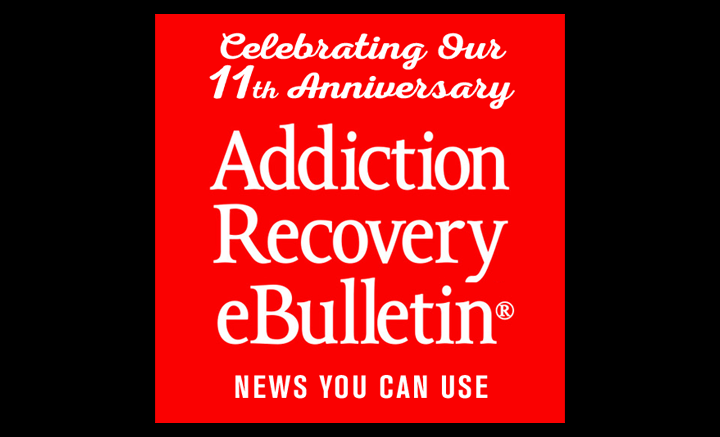ADDICTION/RECOVERY eBULLETIN EXCLUSIVE:
DR. GABOR MATÉ’S CRITIQUE OF THE SURGEON GENERAL’S
REPORT FACING ADDICTION IN AMERICA
_______________________________________________________
December 23, 2016

_____________________________________________________
by Dr. Gabor Maté
I read the Facing Addiction in America, the Surgeon General’s Report on Alcohol, Drugs and Health with a combination of enthusiastic appreciation and dismay. Those impressions were further reinforced recently on hearing the SG, Rear Admiral Vivek Murthy in person, at the Patrick Kennedy Forum on addiction in Chicago.
I see the report as a major step—a diagonal one. It moves us significantly forward, but it is also a movement sideways. It both fulfills and fails short of its humane intention to articulate an approach to addiction that is science-based and compassionate at the same time.
The impact is overwhelmingly positive. The report represents the first attempt by anyone in any U.S. administration to approach substance use and addiction not as an ethical issue or a matter of criminality, but as a human experience to be understood, as a human dilemma calling for a humane response. “Once viewed largely as a moral failing or character flaw,” the report says, addictions are “now understood to be chronic illnesses characterized by clinically significant impairments in health, social function, and voluntary control over substance use.” It sees addiction as a chronic illness, to be treated as other medical conditions such as diabetes or asthma.
Facing Addiction in America is also the first governmental attempt to ground policy not in prejudice but in research, not in conjecture but in science. It collates an impressive body of evidence to illuminate the pathological processes and impacts of substance addiction in the human brain and body, and suggests evidence-based practices for treatment and prevention. It recognizes that addiction is a societal phenomenon to be addressed not from a heavily punitive intent but from a social perspective. It calls for approaches that invite not just addiction specialists, medical or otherwise, but entire communities to confront the challenges of prevention, treatment and of integrating addicted people into healthy social life. It is a document to be respected. May it achieve its long-term goal of doing for addiction what a previous Surgeon General’s report did to reduce cigarette smoking and to educate the public about its dangers.
A major problem for this report is that the public does not need to be educated about the dangers of addiction. That is understood all too well. What is needed is education about what addiction actually is, its sources in life and society, how it arises, how it manifests in its many forms. Only from that understanding will effective treatment and prevention strategies arise. On that score, this report could have done much better. While refuting the calumny that anyone would willfully choose addiction and therefore merits condemnation, ostracism and punishment, the report confines itself to a narrow medical view of the problem.
Let’s look at its strengths and weaknesses in point form.
In other words, there is much more to the addictive process than just drugs. Thus, obviously, drugs cannot themselves be the source of the pathology of the addicted brain. The report pretty much implies that its drugs that impair the brain. They do, clearly, but they do not initiate the addiction process.
|
|
The Surgeon General’s report, in its humanity and commitment to helping people and communities, is a generous document, one to be hailed as an essential move in a positive direction. In its unawareness of the fundamental causes of trauma in human experience, the experience of pain, it is a missed opportunity.
_______________________________________________________

_______________________________________________________
Gabor Maté M.D. is the author In The Realm of Hungry Ghosts: Close Encounters With Addiction and the co-founder of the non-profit Compassion For Addiction.
www.drgabormate.com and www.compassion4addiction.org



